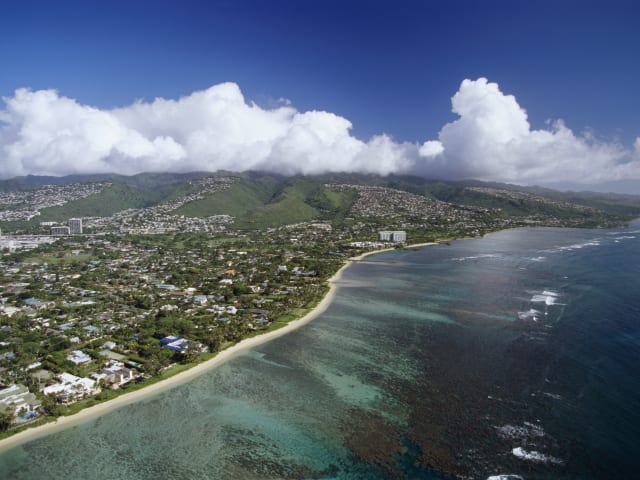
Deadly Bacteria Found in Popular Hawai‘i Beaches
Recent water tests have revealed dangerously high levels of bacteria in several of Hawai‘i’s most visited beaches. According to data collected by Surfrider’s Blue Water Task Force, multiple sites across O‘ahu and Kaua‘i failed health standards in more than half of the tests.
Worst Affected Locations
These beaches were among the most polluted, failing in 80% to 100% of tests conducted:
-
Hanalei River at Weke Road (Kaua‘i) – 100% failure rate
-
Hanamāʻulu Stream Mouth (Kaua‘i) – 100%
-
Nāwiliwili Stream (Kaua‘i) – 100%
-
Punaluʻu Beach Park (O‘ahu) – 100%
-
Kahaluʻu Beach (O‘ahu) – 92%
-
Kaupuni Stream, Waiʻanae (O‘ahu) – 80%
Many of these spots are located near stream or river mouths—areas often assumed to be safe due to shallow, calm water.
What’s Causing the Pollution?
The main source is **sewage runoff**, especially from Hawai‘i’s **83,000 cesspools**, which release more than **52 million gallons of waste into coastal waters every day**. Rainfall and poor drainage systems make the contamination worse, washing bacteria directly into the ocean.
Surfrider Calls for Action
Surfrider and its local chapters have been pushing for more visible beach warnings. In Maui, lifeguards now display **Brown Water Advisory signs** when pollution is high—something previously limited to online alerts. The **Hawai‘i Department of Health** has also agreed to continue testing beaches even during poor weather.
More Risk Ahead Without Funding
Future beach safety could be compromised by proposed federal budget cuts. Surfrider warns that eliminating support for the EPA’s **BEACH Act** could leave beaches untested and the public unaware of serious health risks.
What It Means for Visitors and Locals
Hawai‘i’s beaches remain a global attraction, but this data is a reminder to stay informed. Avoid swimming near stream mouths after rain and always check for official advisories before entering the water.